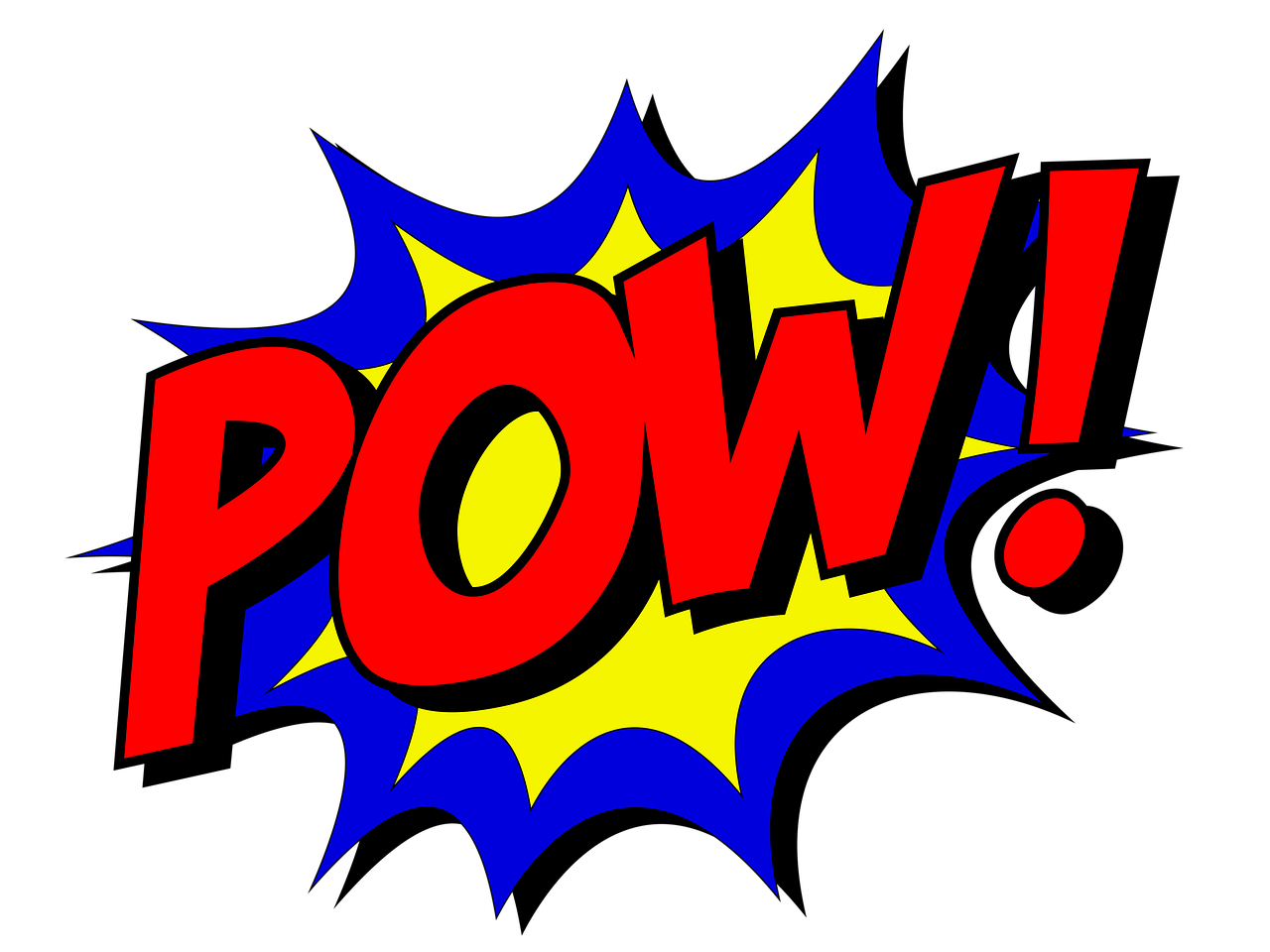
If you were a kid in the 1990’s or early 2000’s, there’s no way you haven’t at least heard about the famous Power Rangers television series. The Power Rangers franchise continues to produce films and TV shows, but did you know that if it weren’t for tokusatsu, and especially the influential Super Sentai series.
This is going to be our main focus for the article. We will talk about how Power Rangers was directly inspired by Super Sentai and how their special effects, or tokusatsu, were made. Of course, we will also talk about their impressive legacy. Enjoy reading!
Development
Power Rangers had been in the works for at least two decades before it finally came out in 1993.
American producers were eager to work with Japanese tokusatsu creators to bring a new type of superhero to American audiences. Similar to it, Japanese studios wanted to bring in American superheroes. Toei Company, in partnership with Marvel, thus created the Japanese Spider-Man series, which came out in 1978.
Unfortunately, American television networks weren’t initially sold on the idea. Stan Lee unsuccessfully pitched an American version of the Japanese Sun Vulcan. American-Israeli producer Haim Saban was also initially unlucky with his pitch to recreate the Super Sentai series, but he eventually struck gold when he offered it to Fox Kids.
The new production was to be called Power Rangers, but rather than be loosely based on its source material, the show would use literal scenes from the original by dubbing them. It’s one of the very few adaptations to do so. Arguably, this was done to retain the original Japanese tokusatsu.
Still, Fox Kids wanted to Americanize the franchise by adding themes and characters that would be more relatable to their viewers. The search for the power rangers began and we soon got the original six rangers: Austin St. Jones, Thuy Trang, Walter Emanuel Jones, Amy Jo Johnson, David Yost, and Jason David Frank. Most of the original actors eventually left and were substituted by others in later seasons.
Story
The premise of Power Rangers is similar to that of other superhero productions, albeit with some flair. Two astronauts release the spirit of an evil sorceress, Rita Repulsa, by accident, which sets the action in motion. She’s set on destroying the nearest planet that happens to be the Earth and so the sage Zordon decides to turn five teenagers into the Power Rangers.
Once transformed, these five high school kids gain superhuman abilities (mainly fighting skills) and receive special weapons, as well as colossal assault machines that could be piloted (called Zords) and even be turned into a bigger one (called the Megazord):
- The Red Ranger (Jason Lee Scott), weapon: Power Sword, Zords: Tyrannosaurus Dinozord/ Red Dragon Thunderzord
- The Yellow Ranger (Trini Kwan), weapon: Power Daggers, Zords: Saber-Toothed Tiger Dinozord/Griffin Thunderzord
- The Black Ranger (Zack Taylor), weapon: Power Axe, Zords: Mastodon Dinozord/Lion Thunderzord
- The Pink Ranger (Kimberly Hart), weapon: Power Bow, Zords: Pterodactyl Dinozord/Firebird Thunderzord/Crane Ninjazord
- The Blue Ranger (Billy Cranston), weapon: Power Lance, Zords: Triceratops Dinozord/Unicorn Thunderzord/Wolf Ninjazord/Blue Shogunzord
- The Green Ranger/The White Ranger (Tommy Oliver), weapon: Dragon Dagger/Saba Sword, Zords: Dragonzord/White Tigerzord/Falcon Ninjazord/White Shogunzord
The main villain is, of course, Rita Repulsa, and the Power Rangers fight the terrible monsters she sends them, along with her henchmen and a surprisingly long list of evil relatives. While they are fighting the sources of evil, they have to navigate their almost normal teenage life in the fictional town of Angel Grove, California.
Adaptation and Special Effects

Each season of Power Rangers is based on a season of Super Sentai and it uses stock footage from it. The first season of Power Rangers (officially titled Mighty Morphin Power Rangers) is based on the 16th installment of the Japanese series, titled Kyōryū Sentai Zyuranger. The second one is based on Gosei Sentai Dairanger and the third one on Ninja Sentai Kakuranger.
For instance, the villains of the show never really interacted with the Power Rangers. Most of the episodes feature scenes from the original Japanese series where their speech is dubbed, but once the American show became successful, additional scenes were filmed (again in Japan) where the actors spoke English (at least phonetically).
The Toie Company was also tasked with making the suits for the monsters, so by all means, Mighty Morphin Power Rangers were a work of Japanese tokusatsu. Not only that, but all the battle scenes between the rangers and the monsters were filmed in Japan.
It doesn’t take a scientist, or a film scholar, for you to know that the battle scenes utilized suitmation and a careful use of angles. The Zords and the Megazord are obviously toys (which makes for great merchandising). Yet, the practical effects are still beloved by many who tend to reject the later installments of the franchise that feature computer imagery.
Mighty Morphin Power Rangers might be a relic of the past and we don’t expect kids nowadays who are bombarded with entertainment to get it, but we do. There is something special about the flimsy way the Zords connected together and the over-the-top costumes. Maybe it’s nostalgia speaking, but we feel like we’d be rewatching the series after this article.
